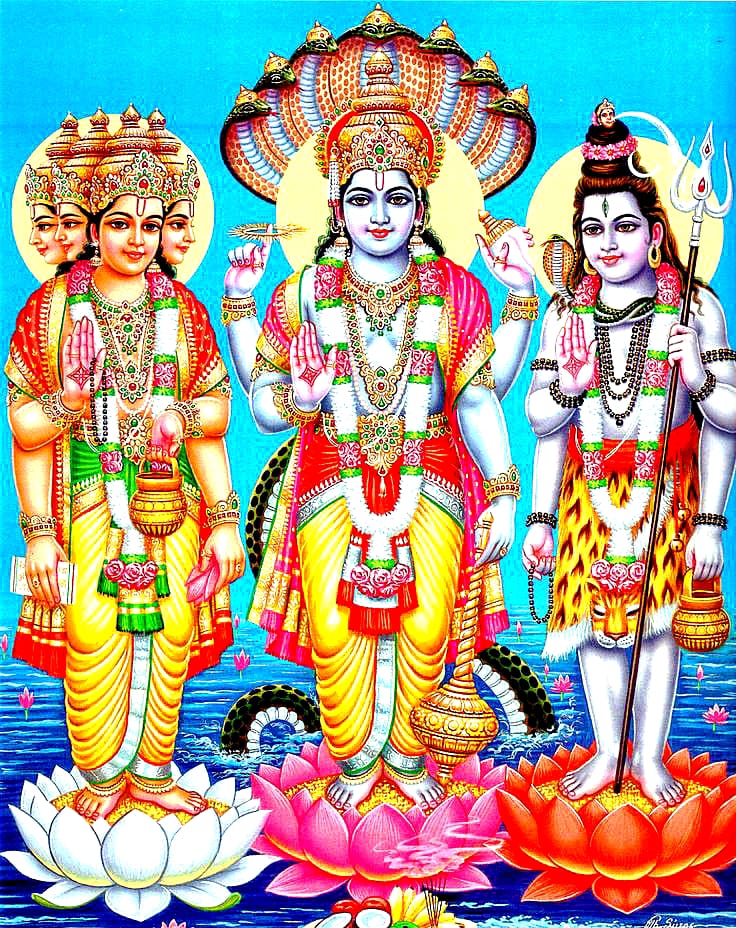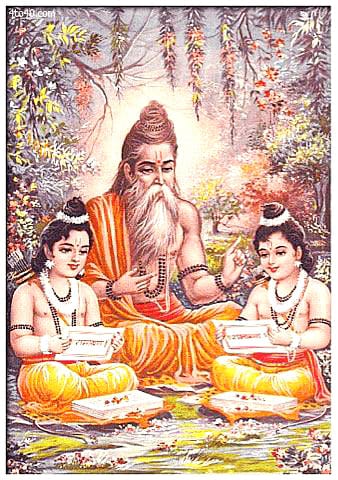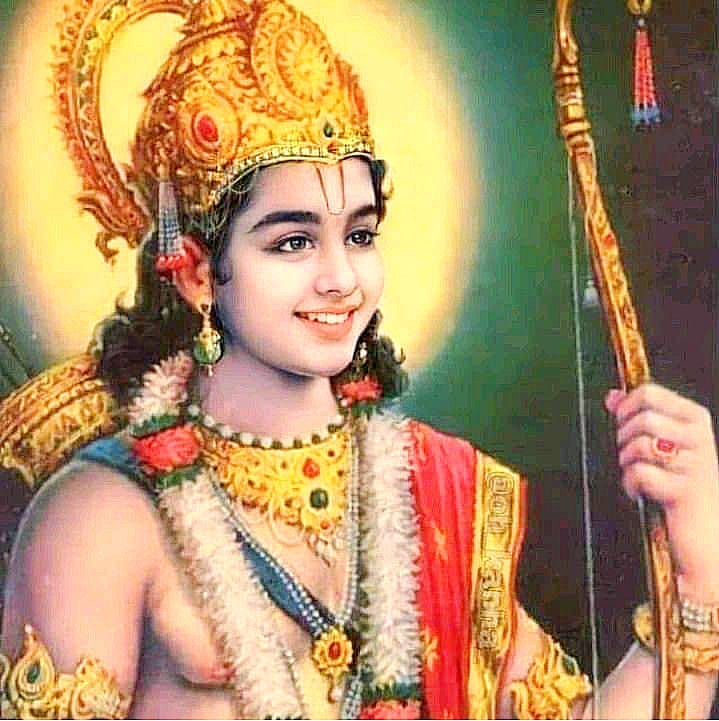Sanatan Dharma: An In-Depth Overview
Sanatan Dharma, often referred to as Hinduism in contemporary terms, is one of the world’s oldest and most diverse religious traditions. The term “Sanatan Dharma” translates to “Eternal Religion” or “Eternal Order,” reflecting its emphasis on timeless principles and values that guide human life.
Historical Context
- Origins: Sanatan Dharma traces its roots to the ancient Indus Valley Civilization, which flourished around 2500-1500 BCE. Its philosophical and ritualistic foundations are primarily found in the Vedic texts, composed around 1500-500 BCE. These include the Rigveda, Yajurveda, Samaveda, and Atharvaveda.
- Vedic Period: The early development of Sanatan Dharma is characterized by the Vedic religion, involving rituals, sacrifices, and hymns to various deities. The Vedic texts laid the groundwork for many concepts that later evolved into Hinduism.
- Epics and Puranas: During the post-Vedic period (around 500 BCE – 500 CE), the Mahabharata and Ramayana epics were composed, with the Bhagavad Gita—a central spiritual and philosophical text in Sanatan Dharma—being a key component. The Puranas, a genre of ancient texts, expanded on mythology, cosmology, and religious practices.
Core Beliefs and Principles
- Dharma: The concept of Dharma is central to Sanatan Dharma. It represents the moral law or duty that each individual must follow according to their position in life and society. It encompasses righteousness, ethical conduct, and the fulfillment of one’s responsibilities.
- Karma: Karma refers to the principle of cause and effect, where one’s actions (good or bad) influence their future. It is closely linked with the concept of rebirth and the cycle of samsara (birth, death, and rebirth).
- Reincarnation (Samsara): Believers hold that the soul (Atman) is eternal and undergoes a cycle of rebirth. Liberation (Moksha) from this cycle is considered the ultimate goal.
- Moksha: Moksha is the liberation from samsara and union with the divine. It represents the ultimate spiritual goal, transcending the limitations of material existence.
- Gods and Deities: Sanatan Dharma features a vast pantheon of deities. Major deities include Brahma (the creator), Vishnu (the preserver), and Shiva (the destroyer). Devi (the Goddess) is also worshipped in various forms, such as Lakshmi, Saraswati, and Durga.
- Monotheism Or Polytheism: While Sanatan Dharma acknowledges multiple deities, it ultimately upholds the belief in one supreme reality, Brahman, which is formless (nirguna) and transcends all attributes.
- Brahman: The ultimate, formless reality.
- Brahma, Vishnu, and Shiva: These deities, originating from Brahman, are associated with specific attributes (saguna):
- Brahma: The creator, associated with rajoguna (activity and passion).
- Vishnu: The preserver, associated with satoguna (purity and goodness).
- Shiva: The destroyer, associated with tamoguna (darkness and inertia).

Practices and Rituals
- Rituals and Worship: Rituals (Puja) can vary widely but often include offerings, prayers, and hymns. These can be performed at home or in temples.
- Yoga and Meditation: Yoga is significant in Sanatan Dharma, aiming for spiritual insight and self-realization through physical postures (asanas), breath control (pranayama), and meditation (dhyana).
- Festivals: A rich array of festivals includes Diwali (Festival of Lights), Holi (Festival of Colors), Navaratri (Nine Nights Festival), and others, each with its own significance and rituals.
- Scriptures: Key scriptures include:
- Vedas: The oldest and most authoritative scriptures, consisting of the Rigveda, Yajurveda, Samaveda, and Atharvaveda. They include hymns, rituals, and philosophical discourses.
- Upanishads: Philosophical texts that explore the nature of reality and the self, offering profound insights into the concept of Brahman.
- Bhagavad Gita: A 700-verse text that is part of the Mahabharata, providing a synthesis of various paths to spiritual realization.
- Ramayana and Mahabharata: Epic narratives that convey moral and ethical teachings through the stories of Rama and Krishna.
- Puranas: Ancient texts that provide detailed accounts of mythology, cosmology, and genealogies of gods and sages.
Interesting Facts About Vedic Scriptures
- Rigveda: The oldest of the Vedic texts, it is considered one of the oldest surviving religious texts in the world, dating back over 3,000 years.
- Yajurveda: Contains details on rituals and sacrifices, including the Yajurvedic formulae used in ceremonies.
- Samaveda: Known for its musical chants and hymns, it is closely associated with the practice of ritualistic singing.
- Atharvaveda: Includes spells, charms, and incantations, reflecting the everyday concerns and rituals of Vedic society.
- Upanishads: They mark a transition from ritualistic practices to philosophical inquiry and are considered a critical part of Vedanta philosophy.
- Bhagavad Gita: Often referred to as a philosophical and spiritual guide, it addresses the moral and ethical dilemmas faced by individuals and provides guidance on living a righteous life.
Modern Context
- Diversity: Sanatan Dharma is highly diverse, with various sects, practices, and interpretations. It includes everything from devotional theism to abstract philosophical inquiry.
- Global Presence: Originally from the Indian subcontinent, Sanatan Dharma has spread globally, with significant communities in the United States, Europe, and elsewhere.
- Contemporary Issues: Modern times present challenges related to globalization, modernization, and intercultural exchange, prompting ongoing discussions about tradition, reform, and the integration of ancient practices with contemporary values.
Sanatan Dharma represents a rich tapestry of beliefs, practices, and philosophies, reflecting a profound engagement with the nature of existence, ethics, and spirituality. Its enduring influence and adaptability highlight its deep-rooted significance in the cultural and spiritual landscape.









Post Comment